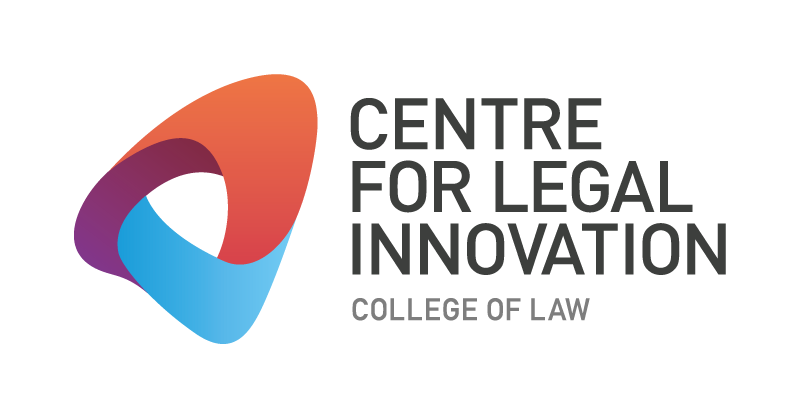New Law, New Talent
The changes in the legal industry have moved from fad to trend, and now to reality, in a very short space of time. We waited for change to happen for a long time, but it’s here now with a vengeance. Everyone and every law firm/legal department has been impacted by it. The challenge for the legal industry right now has less to do with understanding the need for change and more to do with how best to accomplish it. We are in the “new law” revolution it would seem. It’s not a tweaking at the edges, but wholesale change. It is a redefinition of who, what, when, where, how, and why legal advice is dispensed and legal solutions are found. Jordan Furlong eloquently captured both the change in the legal marketplace to a “buyers’ market” and the still lingering disconnect between legal service/product providers and their buyers in a November 2016 Law21 blog post that said lawyers still aren’t selling what clients are buying.
While some (a rapidly decreasing number of) lawyers and law firms may still rail against this new reality, their competition — once called “alternative” legal services/product providers (human or not) — have gone mainstream. These alternatives entered the market as the brash newcomers, not taken too seriously and often dismissed as a fad, but today, a decade later, they are recognized as the innovators — the unbundlers of legal services, alternative fee arrangers, and new product developers — who are readily engaged by corporate counsel and consumers alike. And while there is no denying that technology has enabled all of this to happen, it is worth stating the obvious — that technology alone did not bring about this change.
LegalTech tools and advances in artificial intelligence (AI) happened to be in the right place at the right time — a time when global economies were contracting, corporate legal budgets were following suit, and the general public was tiring of being priced out of access to justice when they needed it. The market was ripe for change, or for more — disruption. The hallmarks of these alternatives — continuous improvement (innovation and creativity), cost efficiency, highly focused effectiveness, and collaborative working relationships — were not new, but their importance to business and staffing models did change from “nice to have” to “essential.”
Today, as traditional law firms start up (e.g., SeyfarthLean), purchase (e.g., Morgan Lewis partnership with Exigent Group), or engage the alternatives (e.g., Norton Rose Fulbright alliance with LawPath and DLA Piper’s joint venture with Lawyers on Demand); incorporate tech tools and tech-fueled project management platforms into their operations and communications; and employ C (Chief) and D (Director) level specialists in innovation, data analytics, predictive analytics, data privacy, cybersecurity, and alternative service center management — to name a few of the changes — the boundaries between “alternative” and “mainstream” legal practice are becoming blurred.
Click here to read more.
This was first published by NALP as an article in PD Quarterly (May 2017) and is re-published here with NALP's kind permission.

